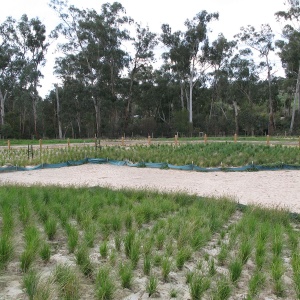
This review article finds that transforming the land sector (including agriculture, forestry, wetlands and bioenergy) could “feasibly and sustainably” contribute around one third of the emissions reductions needed to stay under 1.5°C of climate change.
The roadmap developed by the authors for meeting the 1.5°C climate target includes the following actions:
Reduce emissions
- Reduce emissions from deforestation and ecosystem degradation, particularly in tropical countries, through conservation policies, protected areas, improved land tenure, supply chain transparency, cleaner cookstoves, etc.
- Reduce agricultural emissions by 25% by 2050 (relative to business as usual) by reducing emissions from enteric fermentation and improving management of water and nutrients.
- Shift to plant-based diets, achieving 50% adoption by 2050 through public health policies, consumer campaigns and the development of new foods.
- Halve food waste by 2050, relative to business as usual, through consumer campaigns, improved labelling and supply chain technologies.
Increase carbon removal from the atmosphere
- Restore forests, coastal wetlands and peatlands through investment in restoration and payment for ecosystem services.
- Improve forest management and agroforestry.
- Enhance carbon sequestration in agriculture through erosion control, reduced tillage, cover cropping and biochar.
- Use BECCS (bioenergy with carbon capture and storage), primarily in the USA, Russia, China and Canada.
Abstract
The Paris Agreement introduced an ambitious goal of limiting warming to 1.5 °C above pre-industrial levels. Here we combine a review of modelled pathways and literature on mitigation strategies, and develop a land-sector roadmap of priority measures and regions that can help to achieve the 1.5 °C temperature goal. Transforming the land sector and deploying measures in agriculture, forestry, wetlands and bioenergy could feasibly and sustainably contribute about 30%, or 15 billion tonnes of carbon dioxide equivalent (GtCO2e) per year, of the global mitigation needed in 2050 to deliver on the 1.5 °C target, but it will require substantially more effort than the 2 °C target. Risks and barriers must be addressed and incentives will be necessary to scale up mitigation while maximizing sustainable development, food security and environmental co-benefits.
Reference
Roe, S., Streck, C., Obersteiner, M., Frank, S., Griscom, B., Drouet, L., Fricko, O., Gusti, M., Harris, N., Hasegawa, T. and Hausfather, Z., 2019. Contribution of the land sector to a 1.5° C world. Nature Climate Change, pp.1-12.
Read the full paper here. See also the Foodsource chapter How can we reduce food-related greenhouse gas emissions?












Post a new comment »